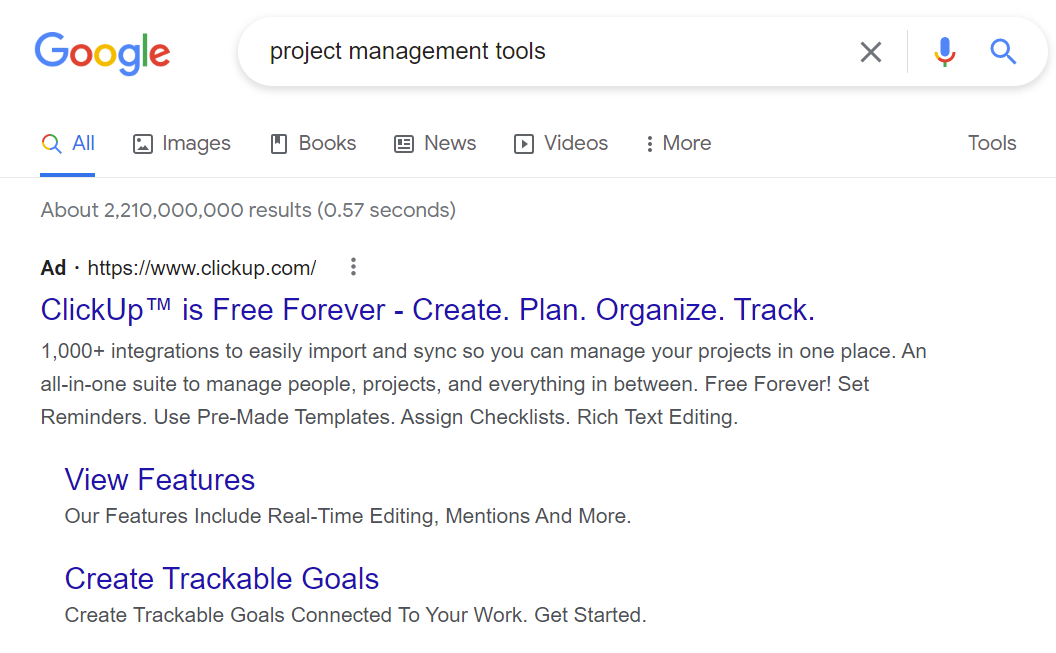In fact, Pay-Per-Click or PPC advertising in the world of digital marketing is an important and highly effective mode of driving instantaneous traffic and converting leads. Directly giving businesses opportunity to run ads on search engines, social media, and websites and charging just for ad clicks makes it the best way proper budgeting for marketing costs to be spent on potentials with interests on the product or service.
PPC as advertisements, how it works, benefits, and how businesses can use it as a successful tool.
- What is PPC Advertisement?
PPC stands for Pay-per-Click. PPC Ads in Digital Marketing which is online advertisement, and advertisers pay a fee for each successful click on their ad. Rather than getting traffic through organic methods such as SEO, businesses can pay for visits to their online destinations.
These advertisements appear in search engine result pages (SERPs), social media feeds, display advertisement networks, and various online
platforms-instant visitors. Google Ads and Microsoft Ads (Bing Ads) are the most common platforms for the paid search advertising, whereas
social media platforms such as Facebook, Instagram, LinkedIn, Twitter, and others also offer PPC ad services.
Different Types of PPC Advertisements

- Search Ads-These are the ads that appear on top of search results from Google or Bing whenever users type in relevant keyword searches.
- Display Ads-Image based advertisements shown on websites that belong within the Google Display Network (GDN).
- Social Media Ads-These are sponsored posts and promoted advertisements on platforms like Facebook, Instagram, LinkedIn, and TikTok.
- Shopping Ads-It appears on Google Shopping results with images of products, their prices, and names of stores.
- Video Ads-Short video advertisements appearing on platforms like YouTube and TikTok.
- Remarketing Ads-Target previous visitors who have seen a specific site but have not purchased anything there.

- How Do PPC Ads Work?
PPC is a bidding system that arranges business houses in competition for the space an ad occupies on model keywords or for audience targeting. It includes:
Step 1 Selection of Keywords:
Keywords usually search by target customers, for example, “buy running shoes online” in shoes-the store using them.
Step 2 Auctioning and placing ads
Advertisers specify maximum pre-defined bids that they will pay for every click. Google Ads runs an auction system that determines
what will come up for a given search. Ad rank consists of:
Amount Bid (how much the advertiser is willing to pay)
Quality Score (relevance and quality of the ad)
Expected Click-Through Rate (CTR)
Step 3 Display & Clicks:
The user would see them in search results or social media or websites. When a user clicks on it, they would take the person to the
business’s landing page, and advertisers are charged for the click.
Step 4 Conversion and Performance Tracking:
Conversion metrics, such as purchases, sign-ups, or calls, are tracked by businesses to assess the ROI, which is done through analytics
tools.
- Advantages of PPC Ads in Digital Marketing
Direct traffic and immediate results.
PPC ads send people immediately to a website without having to wait for later organic results. Most important is for the new businesses that are time dependent.
Targeted Advertising
It helps make the advertising more relevant to the audience segmented on:
Keywords (based on search intent)
Location (geo-targeting)
Demographics (age, gender, interests)
Device Type (mobile, desktop)
Time of Day (that use schedules-ad at best hours)
Cost Control and Flexibility of Budgets
Advertising dollars can be set on a daily or monthly basis, so there is no worry regarding overspending. Since PPC sells advertising based on actual engagement, it is cost-per-click.
High Conversion Potential
PPC advertisement hits those consumers actively looking for the advertised product and, therefore, captures a higher percentage from conversion activities than any other advertising media.
Brand Awareness & Retargeting
Even without clicking on the ad, brand name can be viewed, leading to brand awareness increase. Remarketing campaigns can be executed, which help bring users back into action who have shown interest in a product but have not yet purchased.
- How to Create a Successful PPC Campaign
a) Choose the Right Platform
Google Ads: Best for search intent and global reach.
Facebook & Instagram Ads: Most effective for engagement and brand building in social media.
LinkedIn Ads: Great for B2B markets and professional targeting.
YouTube Ads: Effective for video-based promotion.
b) Keyword Research
Use tools such as Google Keyword Planner and SEMrush or Ahrefs to search for high-intent, low-competition keywords that match those typed by users.
c) Write Effective Ad Copy
Should be clear, engaging, and action driven ad text. Include:
✅ A strong headline (grabs attention)
✅ And clear value proposition (why you?)
✅ Also call to action (CTA) e.g. “Buy Now”, “Get Free Quote
d) Landing Page Optimization
Fast, mobile-friendly, and relevant to the ad landing page. Ad conversion will increase, and the landing page’s quality score will improve.
This step can be handled with a Final Monitoring and Optimization Performance category. This includes the measurement of some metrics like CTR (Click-Through Rate), CPC (Cost Per Click), and Conversion Rate, which will help to fine-tune your strategy.
- PPC Ads in Digital Marketing vs. SEO-Potentially Better Between Both
Both PPC and SEO are very important in digital marketing, and this is how they compare:
Feature PPC (Pay Per Click) SEO (Search Engine Optimization) Speed of Results Instant Slow (Takes Months) Cost Pay Free (Organic) Traffic Sustainability Terms Short Long-Term Bidding Amount, Quality Score Keywords, Backlinks, Content Conversion Potential Higher (Targeted Audience) Moderate (Organic Reach) Both should be done together for best digital market strategy. PPC brings real-time traffic, while SEO takes long for building organic visibility.
